Enhanced Security Features
The Automatic Door Market is witnessing a growing emphasis on enhanced security features, driven by increasing concerns over safety and unauthorized access. Smart automatic door systems, equipped with advanced locking mechanisms, biometric scanners, and surveillance integration, are becoming essential in various sectors, including commercial, residential, and institutional settings. This trend is particularly pronounced in high-security environments such as banks, airports, and government buildings, where the need for robust security measures is paramount. Market data indicates that the demand for security-enhanced automatic doors is expected to grow by approximately 12% annually, reflecting a broader shift towards integrating security technology into everyday infrastructure. As security concerns continue to rise, the automatic door industry is likely to adapt and innovate to meet these demands.
Growing Focus on Energy Efficiency
Energy efficiency has emerged as a critical driver within the Automatic Door Market. With rising energy costs and environmental concerns, businesses are increasingly seeking solutions that reduce energy consumption. Automatic doors, particularly those equipped with energy-saving features, contribute to lower operational costs and enhanced sustainability. For example, doors that automatically close after use help maintain climate control within buildings, thereby reducing heating and cooling expenses. Market Research Future suggest that energy-efficient automatic doors could account for a significant portion of the market, with projections indicating a growth rate of 10% in this segment over the next few years. This focus on sustainability aligns with global efforts to reduce carbon footprints.
Technological Advancements in Automation
Technological advancements play a pivotal role in shaping the Automatic Door Market. Innovations such as advanced sensors, artificial intelligence, and IoT integration are revolutionizing the functionality and efficiency of automatic doors. These technologies enable doors to operate seamlessly, adapting to user behavior and environmental conditions. For instance, the incorporation of motion sensors allows for precise activation, reducing energy consumption and enhancing user convenience. Market analysis suggests that the integration of smart technology could lead to a 20% increase in market growth over the next five years. As automation continues to evolve, the demand for sophisticated automatic door systems is likely to rise, further propelling the industry forward.
Increased Demand for Contactless Solutions
The Automatic Door Market experiences a notable surge in demand for contactless solutions, driven by the growing emphasis on hygiene and safety. As consumers and businesses prioritize health, automatic sliding doors provide a convenient and sanitary entry point, minimizing physical contact. This trend is particularly evident in sectors such as healthcare, retail, and hospitality, where the need for efficient and safe access is paramount. Market data indicates that the demand for automatic doors in these sectors has increased by approximately 15% in recent years. This shift towards contactless technology not only enhances user experience but also aligns with broader public health initiatives, thereby solidifying the role of automatic doors in modern infrastructure.
Rising Construction and Infrastructure Development
The Automatic Door Market is significantly influenced by the rising construction and infrastructure development across various regions. As urbanization accelerates, there is an increasing need for modern building solutions that enhance accessibility and security. Automatic doors are increasingly being integrated into new commercial and residential projects, reflecting a shift towards contemporary architectural designs. Market data reveals that the construction sector is projected to grow at a rate of 4% annually, which directly correlates with the demand for automatic doors. This trend indicates a robust future for the industry, as more developers recognize the value of incorporating automatic door systems into their projects.


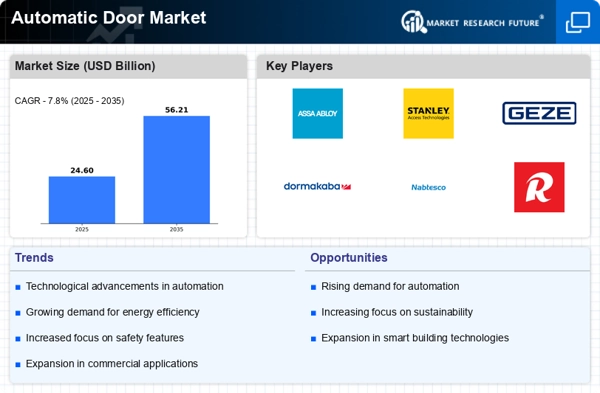
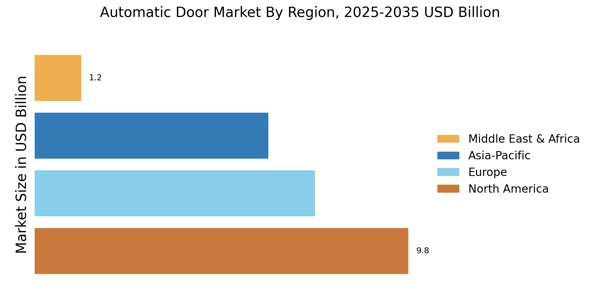
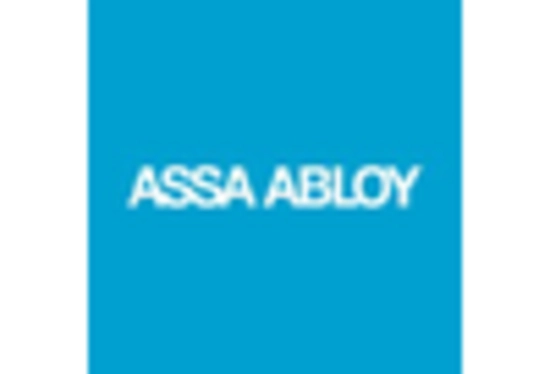
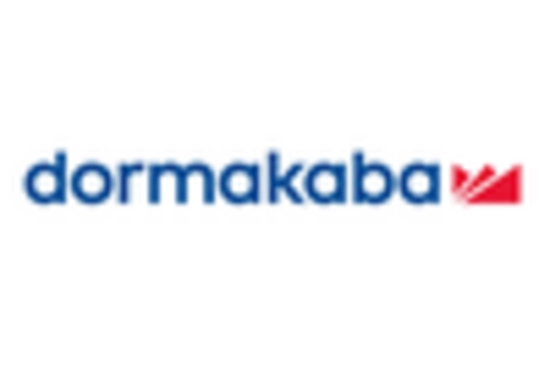
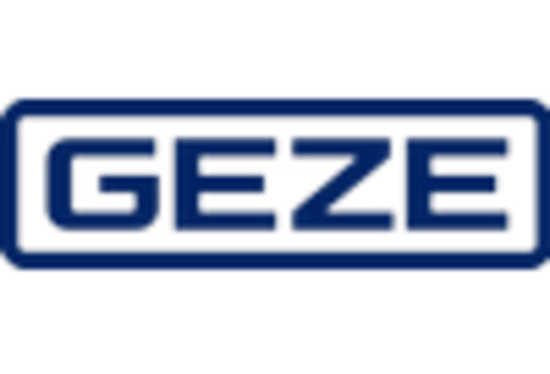











Leave a Comment